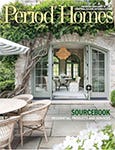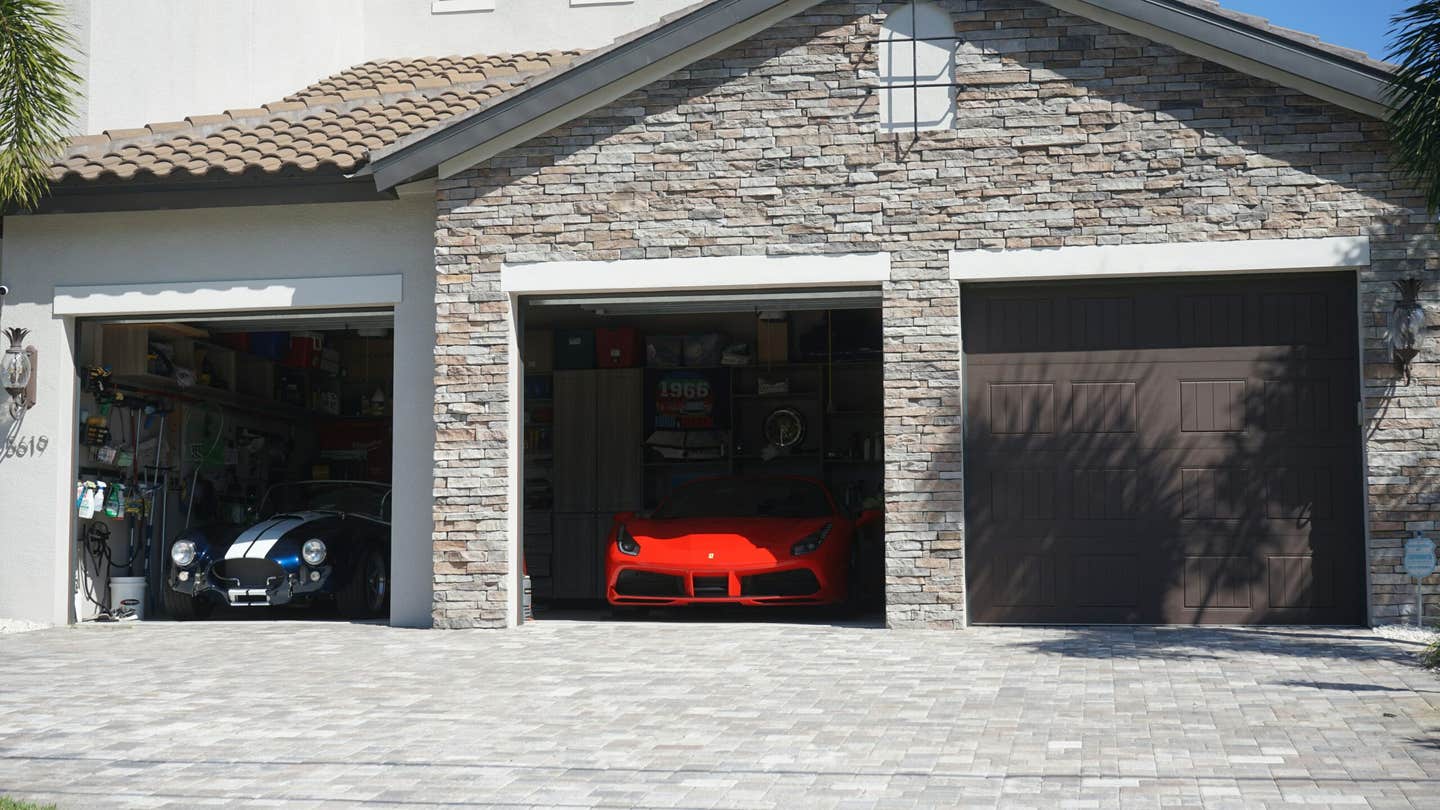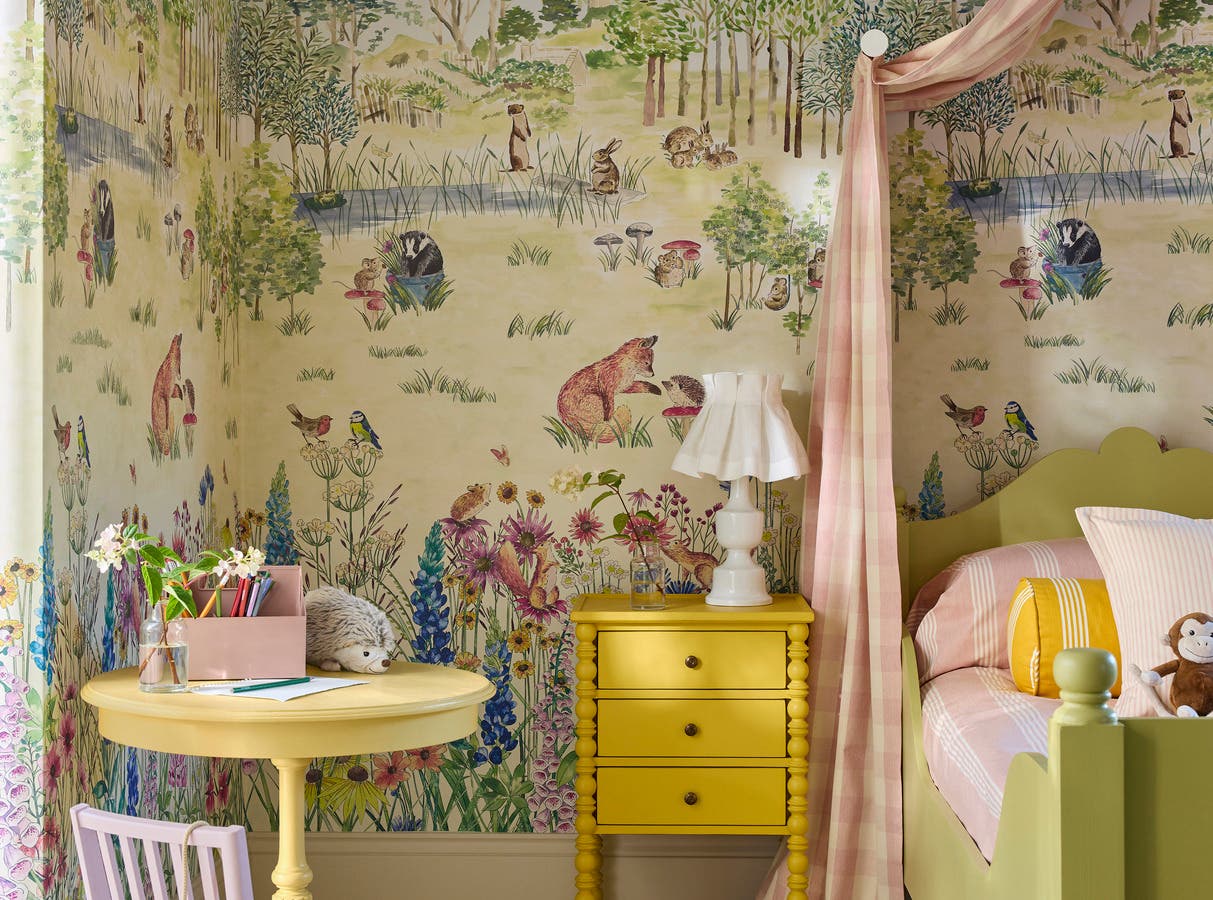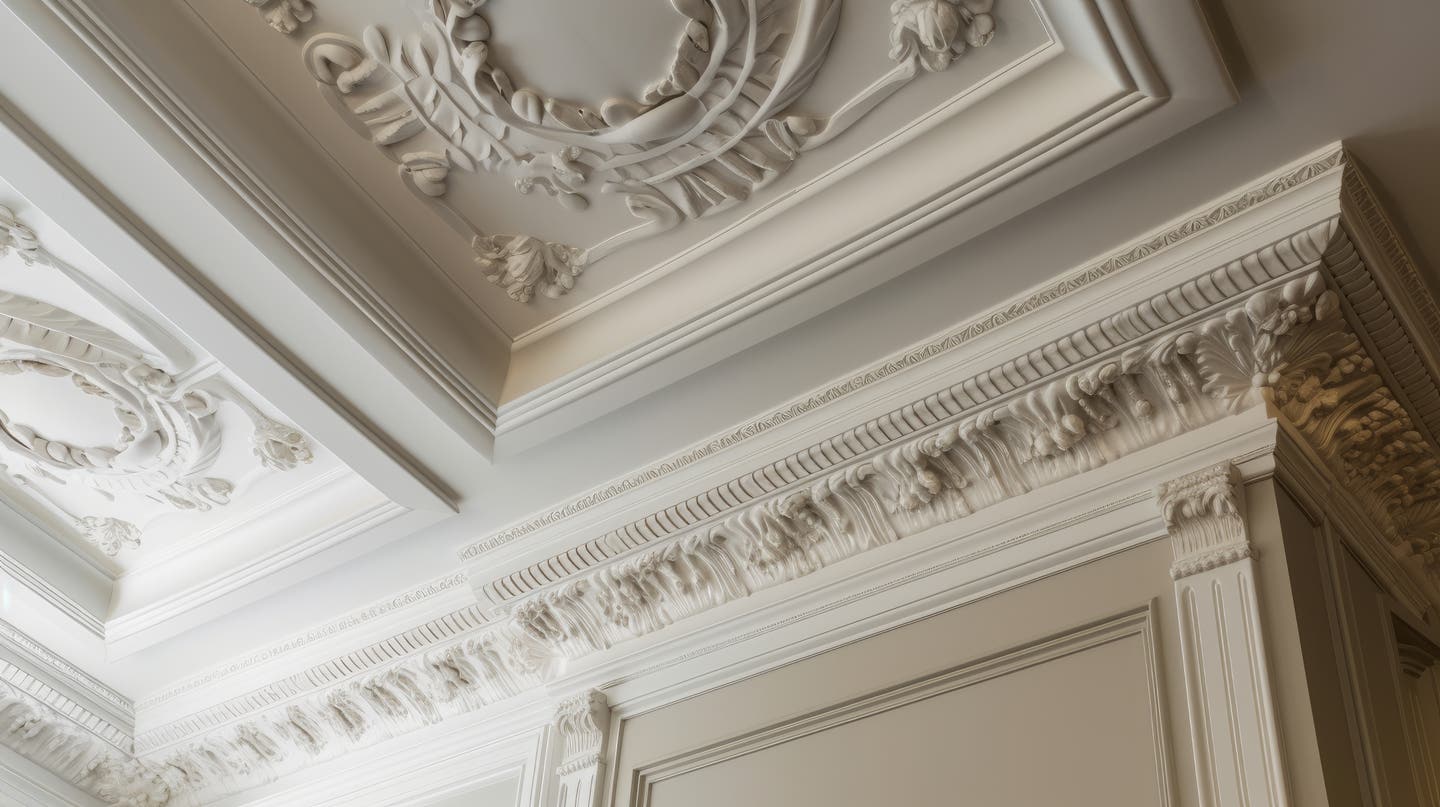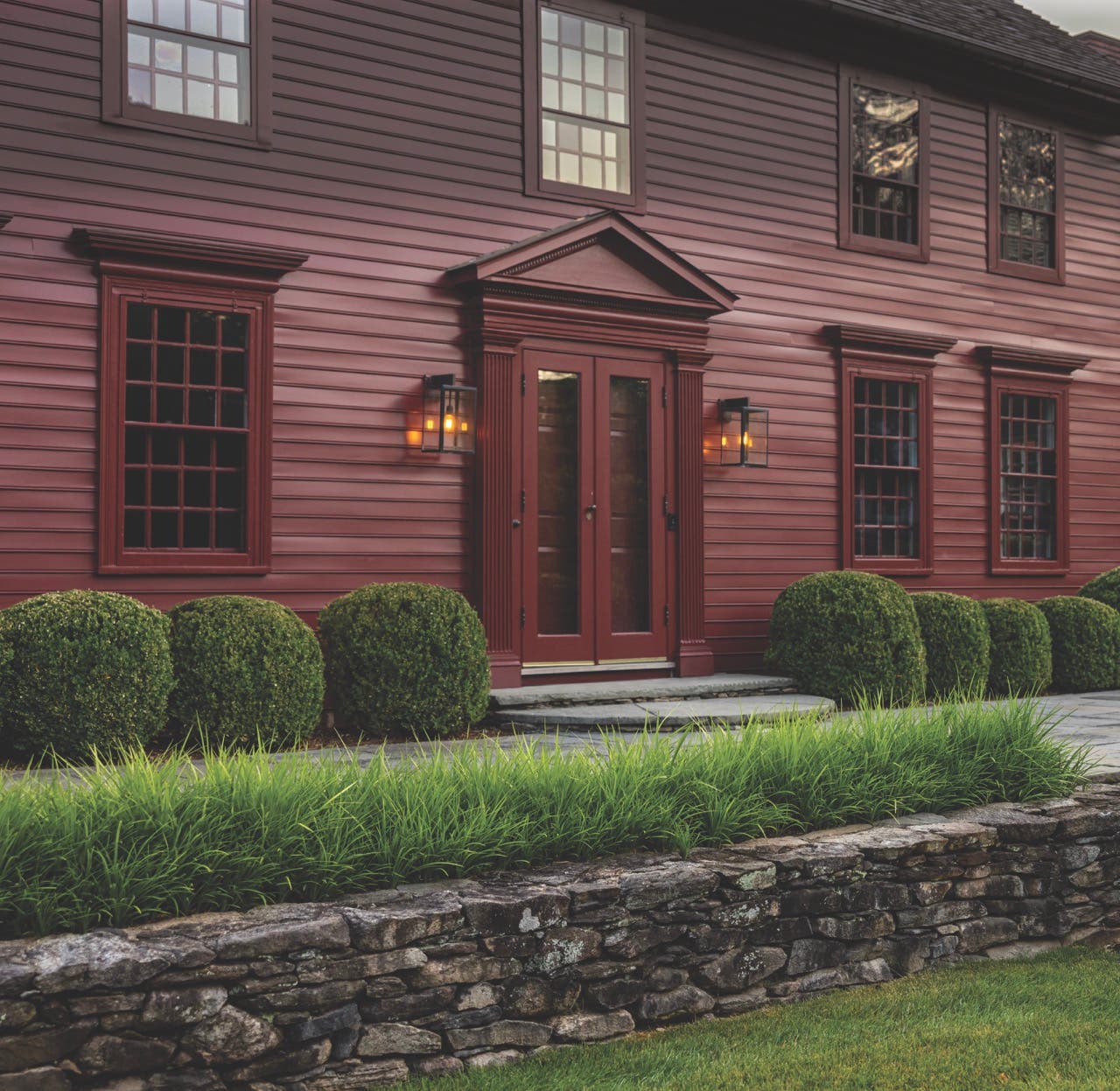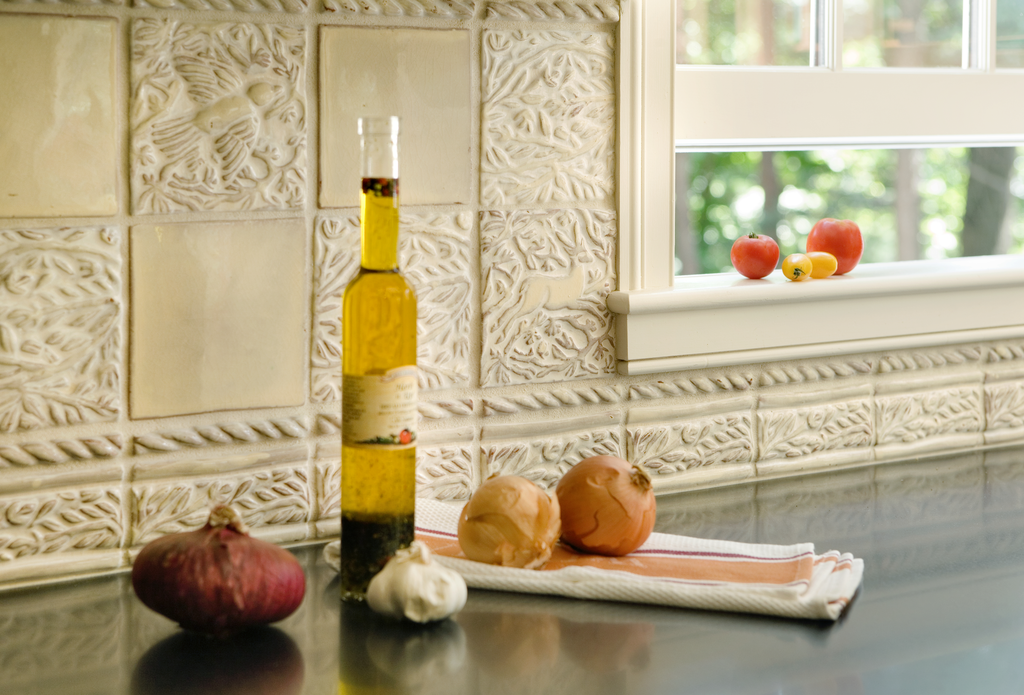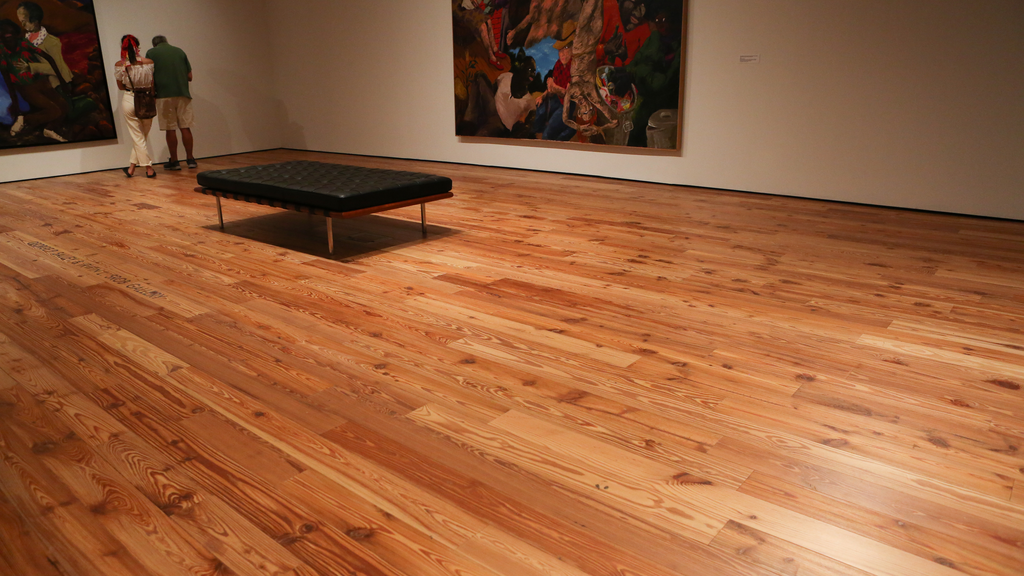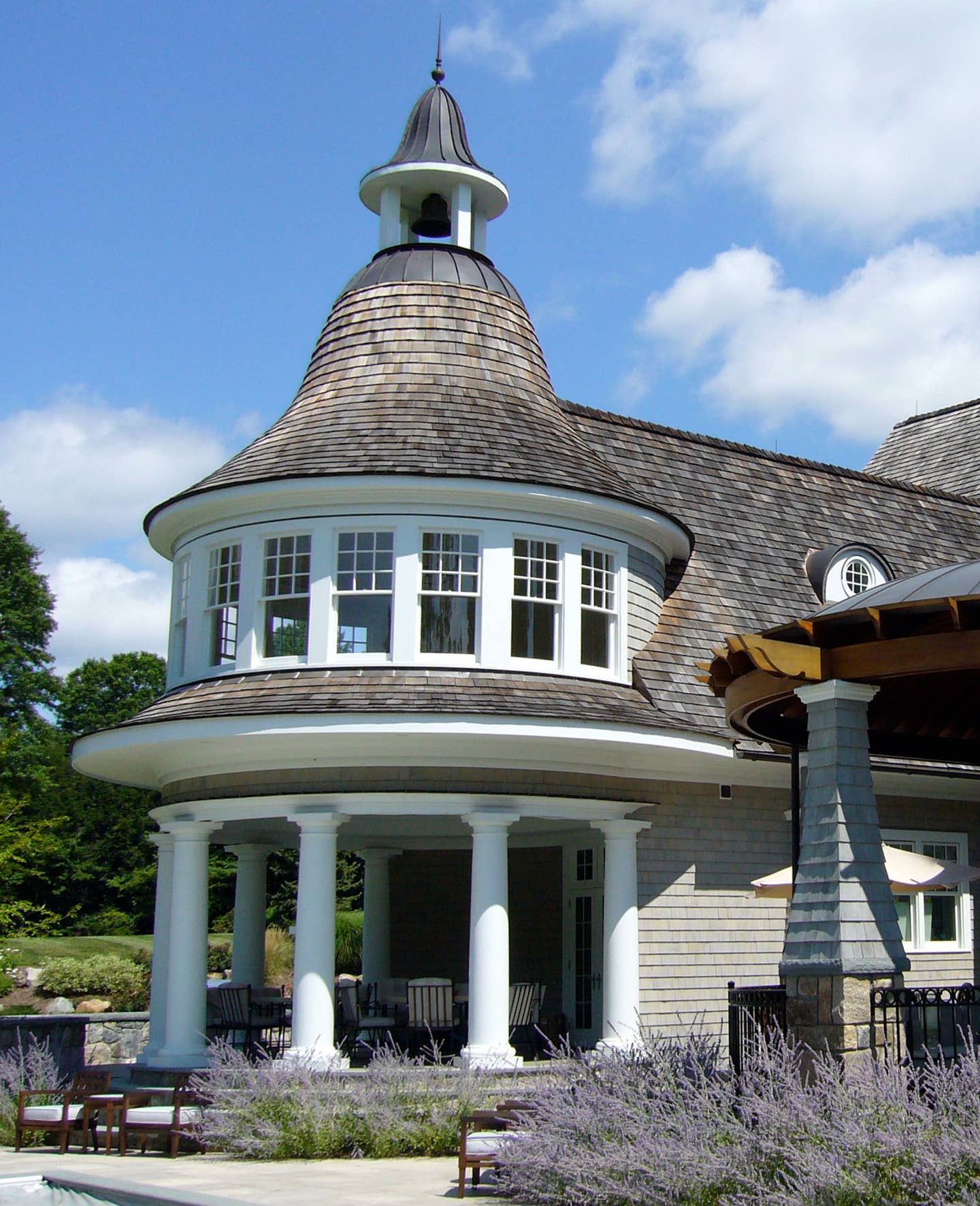
Product Reports
What’s New in Wood Windows?
Windows from traditional to experimental never stop improving, a course they’ve followed well before big glass and weights-and-pulleys broke the window mold in the 1830s. The quest goes on as a peek at what’s happening the 2010s shows.
Glass continues to be where windows make dramatic advances, and leading the march of late is laminated glass. According to Jeff Kibler at Weather Shield Doors and Windows in Medford, Wisconsin, “We’ve been making coastal impact products for years, but now we’re seeing laminated glass move into other areas—not just for impact resistance, but also for UV protection, because laminates can block up to 99.4 percent of UV rays.” Ultra violet is the part of the spectrum that fades furniture, carpet, and drapes.
In fact, laminated glass has lots of benefits, he says, with products getting better with different coatings. “Laminates are also great for burglar or sentry protection and sound control.” Ron Safford at Parrett Windows & Doors in Dorchester, Wisconsin, points out that sound control is not just for sirens and car horns in cities and downtowns. “I’ve seen people want to block noise in a rural environment—from trains or snowmobiles, or boats and jet skis on a lake.” Laminated glass of course also provides a level of security, whether from storm impact or forced entry. As he explains, laminated glass traps a thin layer of plastic between two pieces of glass much the same as safety glass in a car windshield. “Unlike ordinary glass, you can’t break laminated glass with a hammer to penetrate a door and open it up.”
Compared to space-age materials like self-tinting smart glass, laminated glass is inexpensive but it still adds costs. “The weight of your unit goes up significantly,” explains Safford, “because if you had two sheets of glass in an insulated window, and you go to three, that’s a 50 percent jump in glass panels.” Some people he says even desire double laminated glass—on the inside and on the outside—which doubles the amount of glass.
In fact, some specialist window manufacturers have perfected ways to manipulate different kinds of glass and their components to achieve advanced performance from what are otherwise traditionally built windows. “Because we make custom wood windows and doors and historic reproductions,” explains Mike Kershaw at Wood Window Workshop in Utica, New York, “we use glass anywhere from very primitive, mouth-blown glass imported from Europe to conventional, high-performance low-e glass.”
“We’ve done numerous jobs in, say, Manhattan, where street noise is crazy, so we’ll build a window with a high sound transmission class (STC) rating,” which is a measure of how well it attenuates sound. As he explains, a basic insulated glass unit (IGU) is usually a piece of ∕" glass, an air space, and another piece of ∕" glass made into a unit. “So, when we’re making a unit with a high STC rating, we might take a piece of laminated ¼" glass, have a certain size air space, and then another piece of ¼" annealed glass.” He adds, “That’s just one configuration; there are different configurations that would deliver different levels of sound attenuation.”
As ever, however, you don’t get something for nothing. “What we try to do is find a sweet spot between ∕"-thick glass and the extremes of say 1" thick glass where we can make an insulated glass assembly that reduces sound enough to at least be comfortable to the human ear.” Kershaw adds that to obtain a high STC rating the sash becomes very heavy, “so in double-hung windows, you almost always have to use a traditional weight-and-pulley counterbalance—at times even with lead weights.” Casement windows, which don’t rely on a counterbalance for opening, are a little easier.
At The Woodstone Company in North Walpole, New Hampshire, Emmett Dunbar points out that when it comes to the lights in their custom windows his company too takes the subject to its limit. “We build all our own IGUs in our shop,” he says, “cutting full-size sheets and assembling as needed.” This gives them the ability to make a true divided light (TDL) window with IGUs, but minimal visual drawbacks. For example, using spacers of different widths between the two panes of glass minimizes their impact on the muntin dimensions. “Plus, we have multiple different colors of spacers that can help coordinate with the fenestration on the outside of the building, or the inside—the wood you choose, the paint, or whatever finish that’s desired,” he says.
In-house fabrication also allows the company to customize, especially with laminated glass. “We have historic look films or restoration laminate to make it look aged,” he says, “and of course we have Low-E laminates for UV protection, and tempered laminate for security.”
More is More
In terms of overall window design trends, Kibler sees a clear push for more glass. “Some is for period homes, replicating or remodeling Mid-Century Modern houses and the like, and a lot is for new construction, where customers are going over the top and want a lot of glass.” In response, “Just this year we’re moving up to 70 square feet of glass on direct-glazed windows.” He points out that this is an eye-popping dimension for a single unit and about the maximum of what the U.S. insulated glass market can handle. “Merely safely trucking to and handling them on the site is a problem for our industry as a whole.”
According to Dunbar, “More and more we seem to be doing elaborate entranceways,” with sidelights and top lights, as well as with a larger door. “People may save some money on stock windows at the back of the house, but they’ll put it into a grand entranceway.” In his market, he sees a trend of people building what might be called a legacy home. “We work with folks who want to build a home for their grandchildren—yet it’s the home they’ll be living in right now.”
Says Safford, “Our nature is to build to specification, so we’re always getting unique projects and it’s all over the board. We see them all, and we do them all.” He observes though that, over the last maybe five years, the demand for large openings though folding door systems, and even folding window systems, has clearly changed. “People who want to open up a large expanse on a porch or lanai—but without the limited clearance of old sliding door systems—might have folding doors where, say, the whole eight-foot expanse is open.”
Kibler concurs. “The desire for large spans that open up the interior and the exterior has been a trend for probably the last three or four years,” he says. “Everybody’s got their multi-slide doors, their lift-and-slide or bifolding door systems, and we’re no different.”
Besides glass, the material that makes up most of a traditional window is wood, and here, too, the options are often changing with the times. “Pine is still heavily demanded,” Safford says of his market, “but you also get some call for oak, maple, Douglas fir, and mahogany.” He adds, “We work with a lot of different woods, and we see a little bit of demand here and there for all types, but it’s really insignificant in relation to the main five species.”
Based in New England, Dunbar says his company owns their own saw mill and they use a lot of indigenous white oak and some cherry. “We’re almost a value-added forest product company in the sense that we start with the trees and end with the final product for the consumers’ office or living room.” Nonetheless, an often requested wood is patterned African mahogany. “While not domestic, we do mill it ourselves and it is available from sustainable sources.”
Kershaw too says he’s worked with a lot of different woods over the years. “In the old days, when it was readily available, we used a lot of true mahogany from Honduras and central South America.” Then, when those countries reduced mahogany exports, he switched to Spanish cedar. “It’s another tropical hardwood from the same forests as true mahogany, but it’s not quite as dense and a lot of people are allergic to the sawdust.” He has since moved to a new wood: sapele. “It’s an African mahogany that has all the characteristics of true mahogany—very dense with deep, rich color, insect and rot resistance, and good paint adhesion.” He says they buy it as what’s called ribbon-cut quarter-sawn, so it’s very stable. “For domestic woods, we use white oak, but sapele has been our main wood for quite a few years now.”
Kibler, like Safford, says that his company has “no problem” sourcing a variety of woods from their home state of Wisconsin. “We predominantly use pine on everything, and we have options for all the hardwoods—oak, maple, cherry, mahogany, you name it, we can get it.” He adds that vertical grain Douglas fir is also popular.
Speaking of woods, Kibler says that though his company has offered pre-finished interiors for some time, recently they’ve started a new program. “We’ve worked with Sherwin-Williams to produce a truly furniture-grade finish in a large variety of stains. There are darker colors that are very hot right now: some grays, some espresso colors, and some distressed finishes that are dark but still rich.”
Turns out, the latest wrinkle in windows may be not in the sashes themselves, but the mechanical fittings all around them. “I don’t think the basic styles of window are changing as much as how, in a manner of speaking, they are being tricked out,” says Dunbar. “People seem to be spending a lot more on hardware and the user-friendly, ergonomic touch.” Kibler agrees. “The automation of windows is hot right now,” he reports. “Hooking the operation of your windows into your whole-house automation and voice command—that’s all technology that, with a little knowledge, can be adapted to products right now.”
Dunbar says that many clients like their bronze weather stripping and bronze screens. “When they add this exquisite hardware, it looks really slick, works well, and lasts a long time.” He adds that other companies are coming up with ways to almost accessorize their windows with hideaway, roll-in-the-wall screens, fancy hardware, interesting cranks, and more casement styles. “The window sash itself might still look the same, but when you get up and operate, it tips and turns, with parts that go in and out—it’s a whole new animal."
Window Resources
Parrett Windows & Doors
parrettwindows.com
Weathershield Windows & Doors
weathershield.com
Woodstone Architectural Windows & Doors
woodstone.com
Wood Window Workshop
woodwindowworkshop.com
Gordon Bock, co-author of The Vintage House (www.vintagehousebook.com), is an in-demand speaker for courses, seminars, and keynote addresses through www.gordonbock.com.

